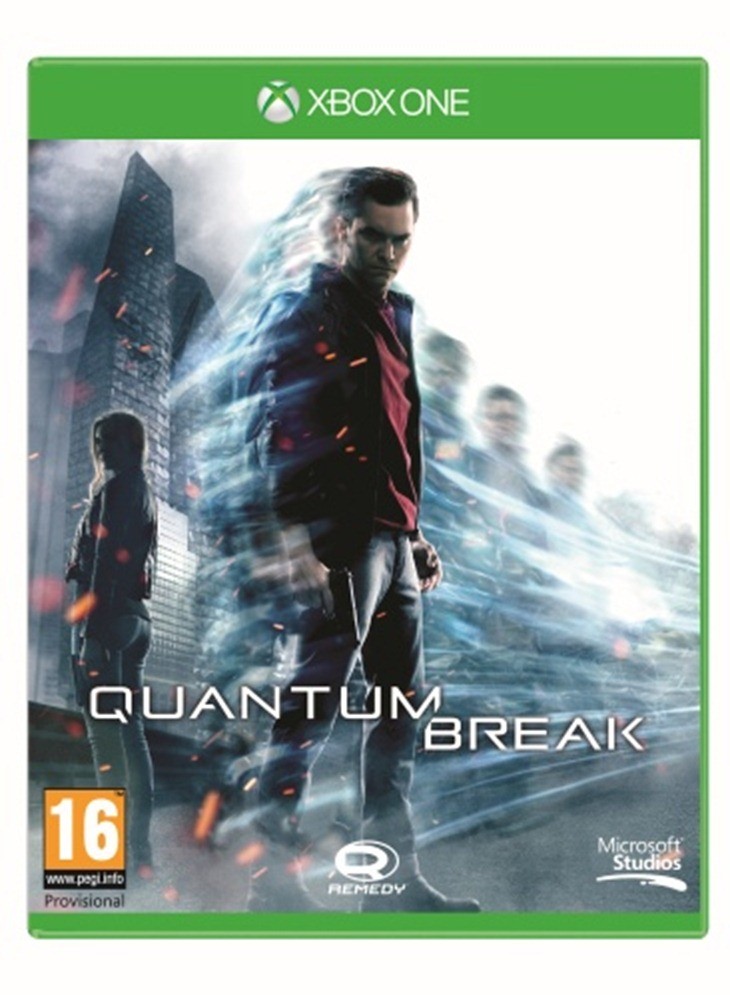Xbox One uses cloud to render “latency-insensitive” graphics
Now people have had some significant details of both the Sony PlayStation 4 and the
Microsoft
Xbox One, opinions, preferences and choices are already forming. Most things I have read show that the PlayStation 4 is now
a clear early favourite. This may be something to do with Microsoft’s TV/media focus during its
reveal presentation, where games seemed to come last. Or it may be something to do with
the hardware; the PS4 appears to have the edge over the Xbox One with a significantly higher number of GPU cores and faster system memory with many other aspects of the systems being similar. However, on the graphics side of things, I read today about Microsoft planning to use a cloud of
300,000 servers to render the Xbox One’s
“latency-insensitive” graphics.
Ars Technica
talked to
General Manager
of Redmond Game Studios and Platforms, Matt Booty about this server cloud. Ars wanted to know how
“laggy cloud data” could help in a fast paced game.
“Things that I would call latency-sensitive would be reactions to animations in a shooter, reactions to hits and shots in a racing game, reactions to collisions,” Microsoft’s Booty told Ars.
“Those things you need to have happen immediately and on frame and in sync with your controller. There are some things in a video game world, though, that don't necessarily need to be updated every frame or don't change that much in reaction to what's going on.”
Booty
gave an example of the utility of a powerful cloud computer with regard to in-game lighting where
“things often involve some complicated up-front calculations when you enter that world, but they don’t necessarily have to be updated every frame”. Also physics modelling, fluid dynamics, and cloth motion can be handled by the cloud without adding lag to gameplay. Booty suggested that the power available in the cloud to a single Xbox One user would be equivalent to about three Xbox One consoles working together. Developers will have to decide for themselves in how to manage what is being offloaded to the cloud.
Turning to the use of internet and what might happen if an Xbox One user has a disrupted connection Booty
said “If there’s a fast connection and if the cloud is available and if the scene allows it, you’re obviously going to capitalize on that”. If a connection drops the game will
“have to intelligently handle that” he added – however that implies that graphics would suffer in this case. This is quite a lot different to how the Sony PS4 will use cloud computing to allow ‘backwards compatibility’, or rather streaming, of previous generation PlayStation games.












